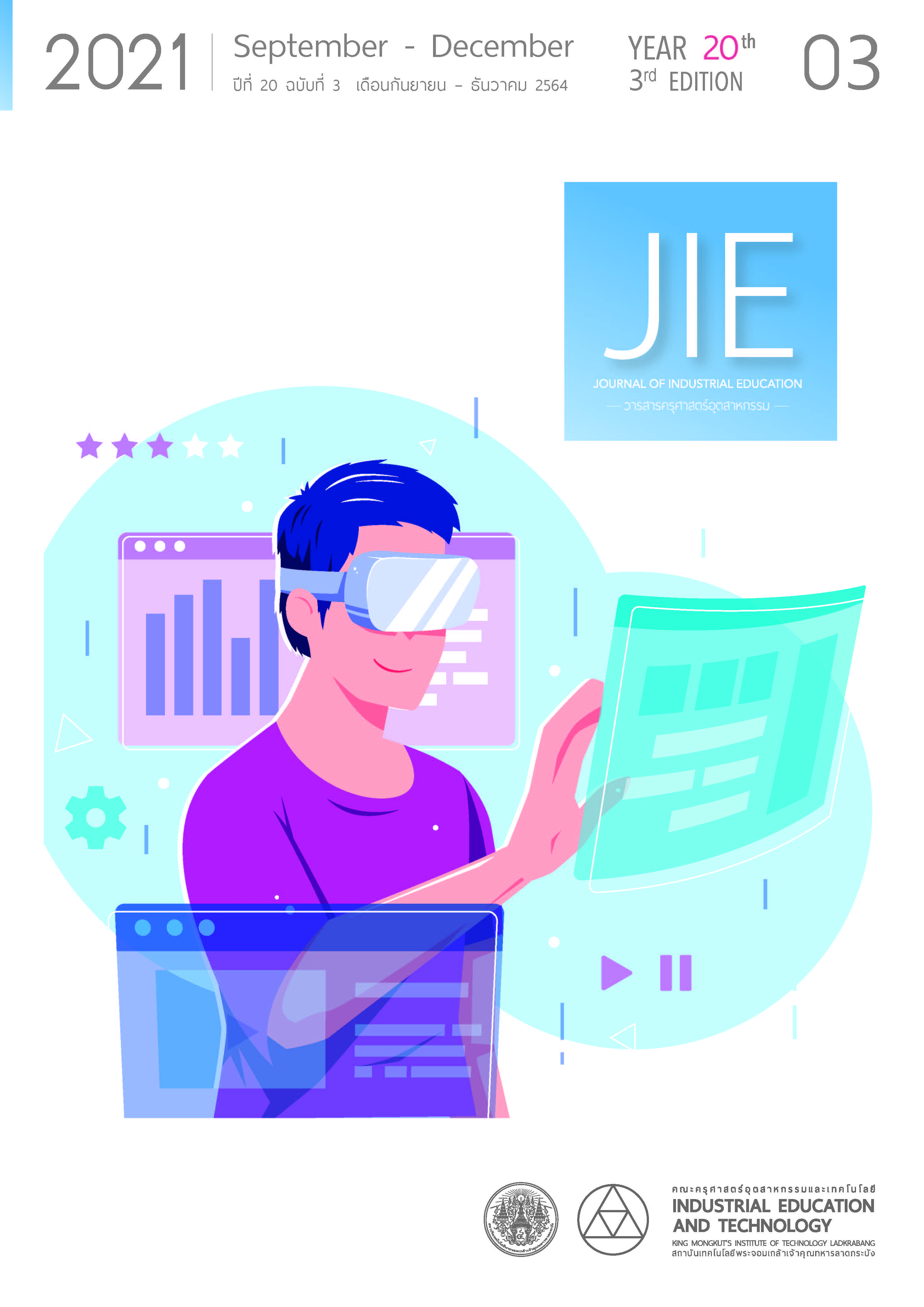THE STUDY OPINION OF USER IN PERFORMING AND MUSICAL ARTS OF SECONDARY SCHOOL CURRICULUM (UPDATED 2019) LOPBURI COLLEGE OF DRAMATIC ARTS
Keywords:
User opinions, Performing, Musical Arts curriculumAbstract
The research purposes to study user opinions in Performing and Musical Arts of secondary school curriculum (updated 2019) Lopburi College of Dramatic Arts, 2020 semester. Research populations are 237 people including directors, administers, teachers, parents, and students. Research tool is a questionnaire of user opinions on curriculum which consists of two parts; a general information and the user opinions toward learning management using rating scale. The questionnaire is divided into five factors; curriculum, teachers, learning management, supports, and evaluation. The statistic used tools are average, standard deviation, and the index of item objective congruence (IOC). The IOC assessment results by experts are between 0.66-1.00 as a consistency index. The data analysis is based on the opinions of directors, teachers, parents, and students by decomposing curriculum user opinions effected learning management. The user opinions result is in sequence from much to little; teachers ( = 4.12, S.D. = 0.59), learning management (
= 4.70, S.D. = 0.66), curriculum (
= 3.99, S.D. = 0.67), evaluation (
= 3.96, S.D. = 0.58), and supports (
= 3.79, S.D. = 0.71). Overall average result is much level (
= 3.99, S.D. = 0.64).
References
Phonrungrlod, C. (2016). Breaking barriers towards a millennium of quality. Bangkok: Office for National Education Standards and Quality Assessment. 1. (in Thai)
Thepkanjana, P. (2016). Breaking barriers towards a millennium of quality: Educational quality assessment report. Bangkok: Office for National Education Standards and Quality Assessment. 69. (in Thai)
Bunditpatanasilpa Institute. (2019). Performing and musical arts of secondary school curriculum (Arts updated 2019)-Lopburi College of dramatic. Nonthaburi: Thaiphum. 1. (in Thai)
Sisaat, B. (2010). Preliminary research. 8nd ed. Bangkok: Suwiriyasan. 121. (in Thai)
The teachers council's regulations on professional ethics B.E. 2556. (2013). Royal Thai Government Gazette. Vol. 130, Special part 30d. 74. (in Thai)
Bilbai, S. (2015). Performance skills and roles of Thai teachers in the 21st century. Bangkok: College of Teacher Education Phranakhon Rajabhat University. 5. (in Thai)
Lampang Rajabhat University. (2013). Student-centered manual of the Faculty of Humanities and Social Sciences. Lampang: Lampang Rajabhat University. 5. (in Thai)
Khemmani, T. (2020). Science of teaching pedagogy: Knowledge for the management of the learning process effective. 23rd ed. Bangkok: Printing House of Chulalongkorn University. 119. (in Thai)
Taba, H. (1962). Curriculum development: Theory and practice. New York: Harcourt, Brace Jovanovich. 12.
Pattphon, M. (2019). Contemporary curriculum development model. Bangkok: n.p.. 21. (in Thai)
Office of the National Education Commission. (2002). National Education Act, B.E. 1999 and its updated, B.E. 2002. Bangkok: Siam Sport Syndicate. 5. (in Thai)
Bloom, B. S. (1956). Taxonomy of educational objectives. Handbook II: Affective domain. New York: Mckay. 164-166.
Lopburi College of Dramatic Arts. (2021). Self assessment report: SAR; Elementary Education Lopburi College of Dramatic Arts. [unpublished]. Lopburi: n.p.. 61. (in Thai)
Abdulloh, W., & Niemted, W. (2020). “Arrangement of learning environment to promote learning skills in the 21st century, concept theory and practice.” Princess of Naradhiwas University Journal of Humanities and Social Sciences. 7(2), 242-243. (in Thai)
Downloads
Published
How to Cite
Issue
Section
License
Copyright (c) 2021 Journal of Industrial Education

This work is licensed under a Creative Commons Attribution-NonCommercial-NoDerivatives 4.0 International License.
"The opinions and contents including the words in papers are responsibility by the authors."
"ข้อคิดเห็น เนื้อหา รวมทั้งการใช้ภาษาในบทความถือเป็นความรับผิดชอบของผู้เขียน"



